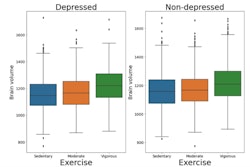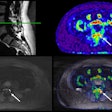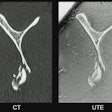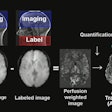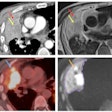SINGAPORE - Radiology AI technology is here -- and more is coming. But its integration into the healthcare continuum will not be without its challenges, according to Charlene Liew, MD, director of cardiothoracic imaging at Changi General Hospital in Singapore.
Liew gave a talk on the state of AI in radiology on May 4 at the International Society for Magnetic Resonance in Medicine (ISMRM) 2024 meeting. In an ensuing interview with AuntMinnie.com, she described what she calls the "four horsemen of the radiology apocalypse" -- that is, key obstacles to integrating AI into the radiology department -- and offered advice for how to address them.
What are the "four horsemen of the radiology AI apocalypse"?
How can radiology departments best tackle the project of integrating AI?
In your talk, you said "Today's radiology is the worst it will ever be." What does this mean and what does it suggest for the future?
,,
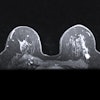
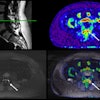


![Regions of interest depicted in colors: cerebrospinal fluid (blue), cortical gray matter (dark green), and white matter (yellow). Scatter plots present significant correlations between (b) [semi-solid spin pool size, or ms0m0s] entropy and age in cerebrospinal fluid and cortical gray matter, and (c) [longitudinal relaxation rates, or Rf1R1f] entropy and age in cortical gray matter and white matter (p < 0.05). Images, graphics, and caption courtesy of Sohae Chung, PhD, and the ISMRM.](https://img.auntminnie.com/mindful/smg/workspaces/default/uploads/2025/05/2025-05-09-novel-mri-technique-image.tmqDtL6pTg.png?auto=format%2Ccompress&fit=crop&h=167&q=70&w=250)
